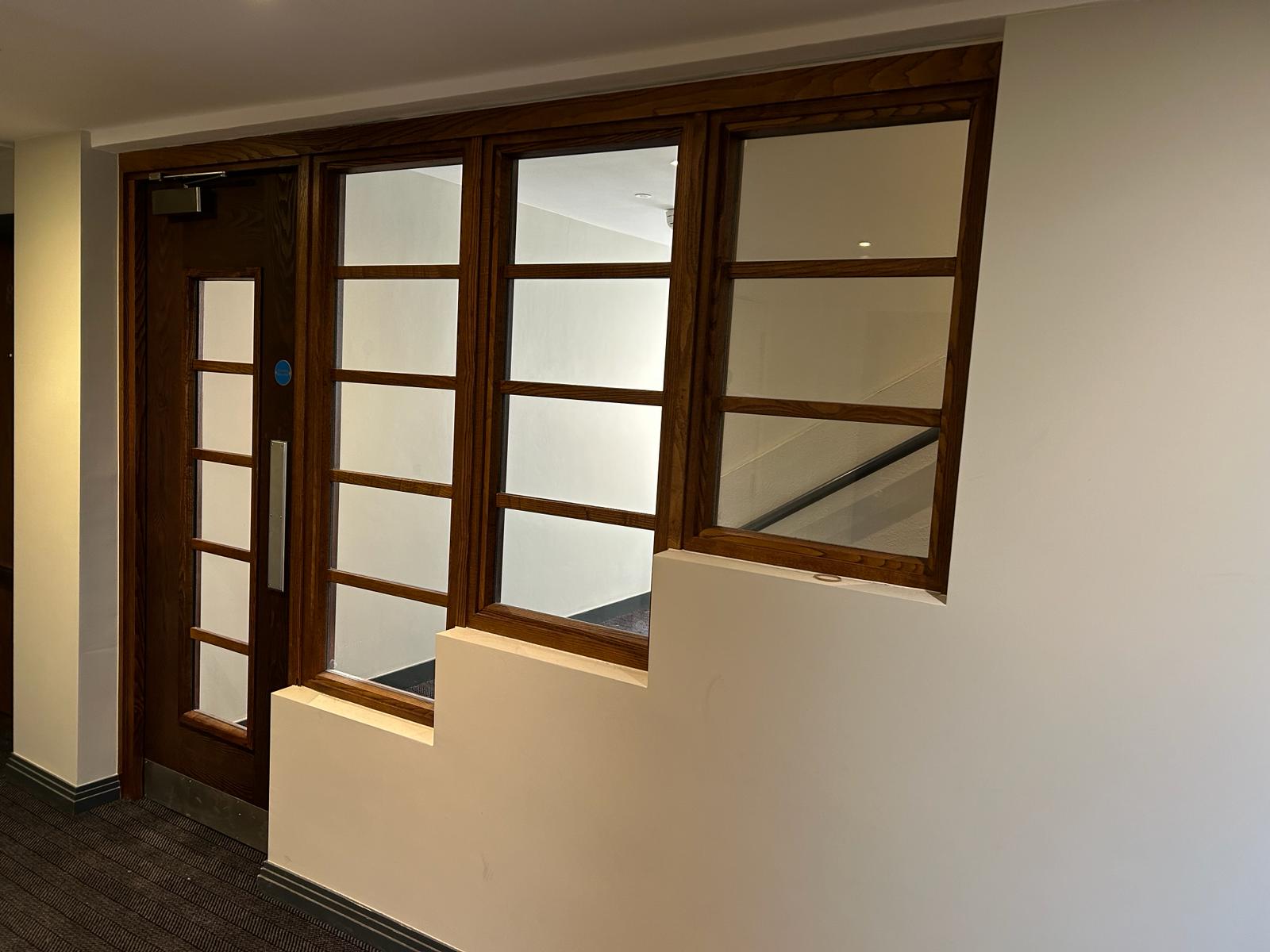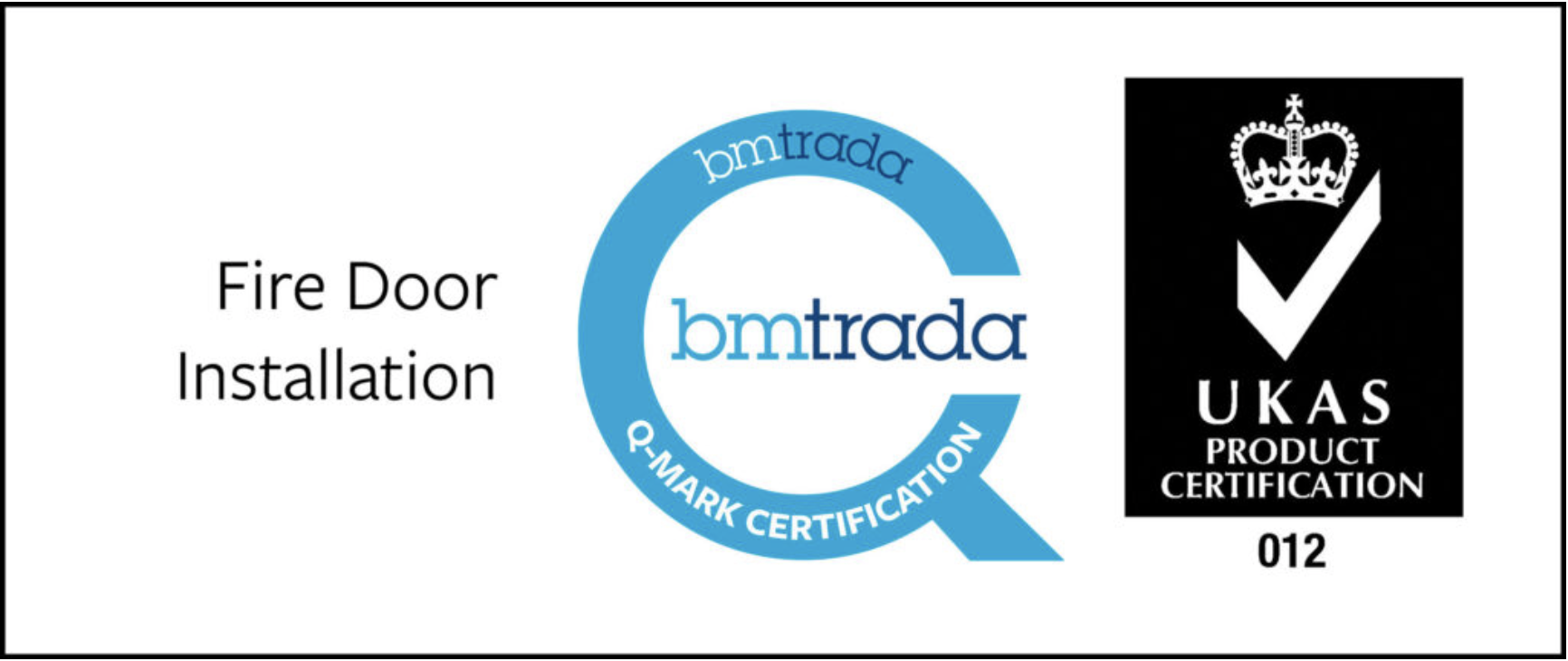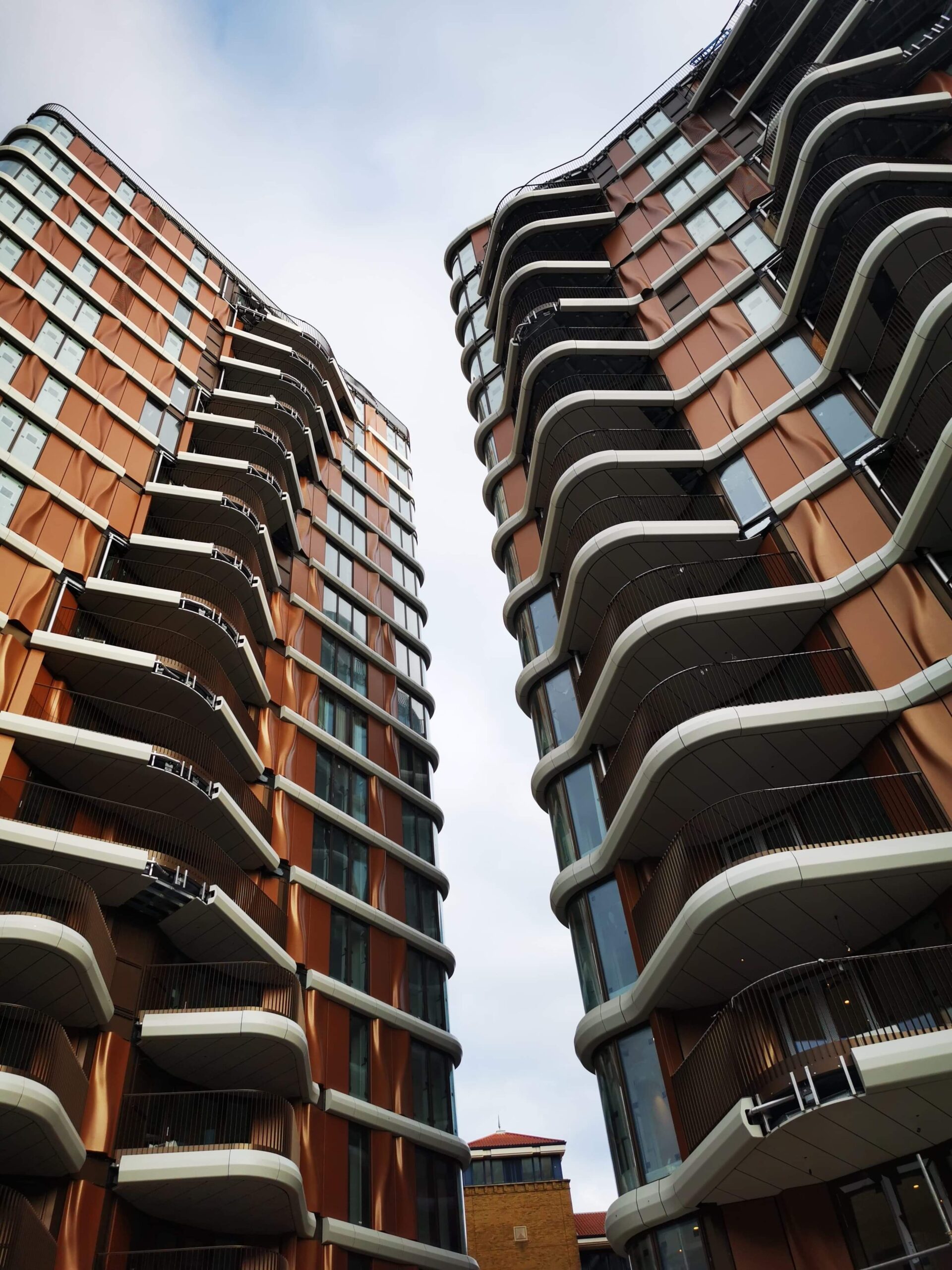What is primary test evidence for fire doors?
Results of fire door testing apply to the specific configuration of components subjected to an individual test, and manufacturers ensure the products they produce replicate tested performance.
That consistency is a pillar of third-party accreditation scheme membership. Sometimes, however, it is necessary to call upon the test reports themselves, or primary test evidence.
Establishing the performance of different fire doors
Fire doors can be and generally are, required in any building. That has led to the creation of a wide array of designs suitable for use in anything from heritage restoration projects to contemporary buildings, and everything in between.
It’s highly unlikely, particularly in large buildings, that a single model of fire door can be specified throughout a project. A variety of applications means using a variety of fixtures and fittings – but the sheer number of possible combinations makes it impossible to test every variation.
In such situations, a ‘job specific’ assessment may be undertaken. Using a manufacturer’s existing pool of test data, a suitably qualified assessor can apply expert knowledge and determine the suitability of extending the scope of the results to incorporate the proposed alternative.
Keeping assessments appropriate
A central requirement of job-specific assessments is that only primary test evidence may be referenced. Guidelines continue to be developed so as to ensure a clear line of traceability from the agreed solution, back to the primary test evidence.
Extending the scope of primary test evidence is established practice, but extending the scope of assessments based on an already extended scope would be inappropriate.
The more primary test evidence a manufacturer can call upon, the wider the potential for extending the scope of results, and the greater the certainty about the suitability of any individual solution.
Fire doors: making the right decisions
Having a large pool of test data to draw upon has another benefit: it allows manufacturers to work with specifiers to offer custom fire door designs and configurations.
Success in the construction industry relies on quality communication between the many parties who deliver its projects. In fire safety, as in all things, putting the onus of responsibility on one part of the ‘decision-making unit’ makes that delivery harder.
With pressure on specifiers to be confident in their product choice, and pressure on installers to make sure the performance is achieved, it’s no exaggeration to say collaboration and collective responsibility has taken on greater importance.
Referring to test evidence can be a final check that the door assembly or doorset delivered to site meets the performance specification – or it can help to determine if a non-standard design will give the required performance.
For more information on primary test evidence and testing information, download our new ‘Guide to Fire Door Performance’ today.
About Soundcraft
Fire doors supplied by Soundcraft are compliant with British Standards and supported by the Q-Mark fire door installation scheme.
For more information on fire door installation, contact our technical team on 0800 988 1875 or email technical-sales@soundcraft-doors.co.uk




